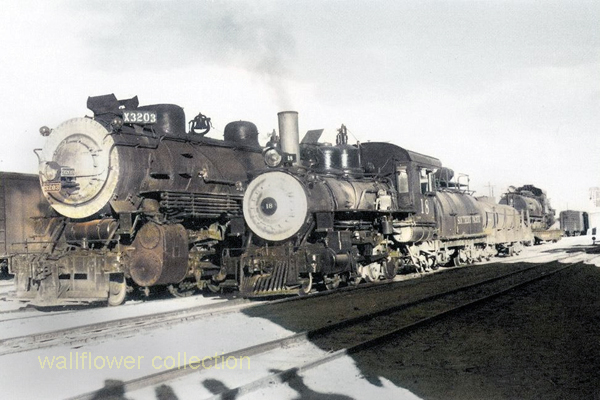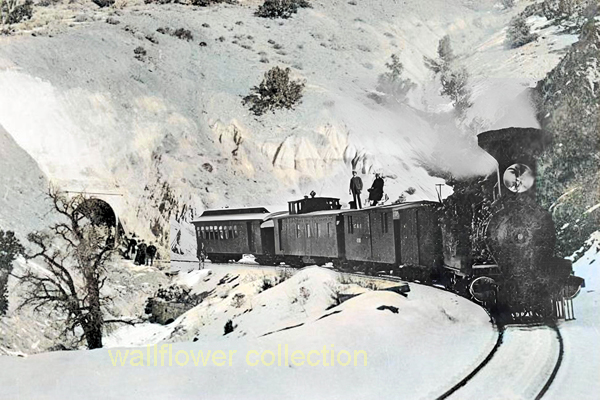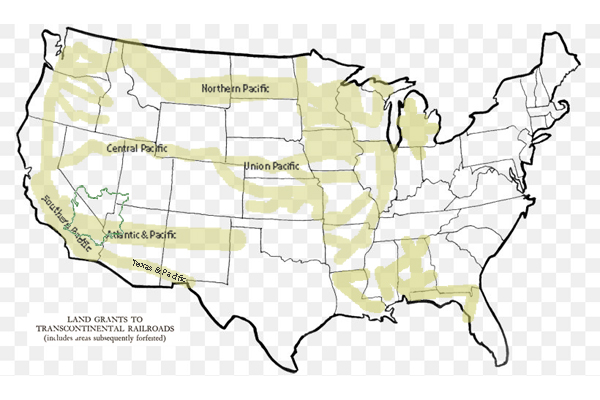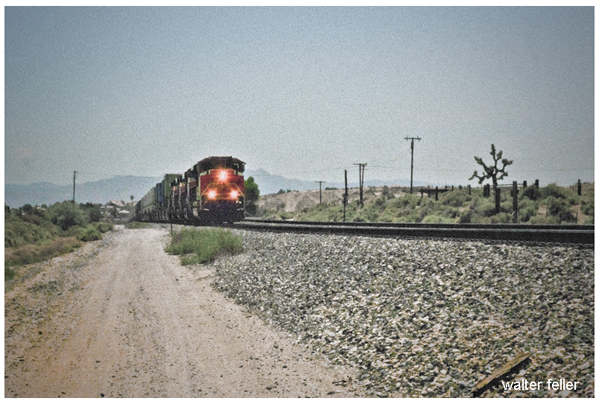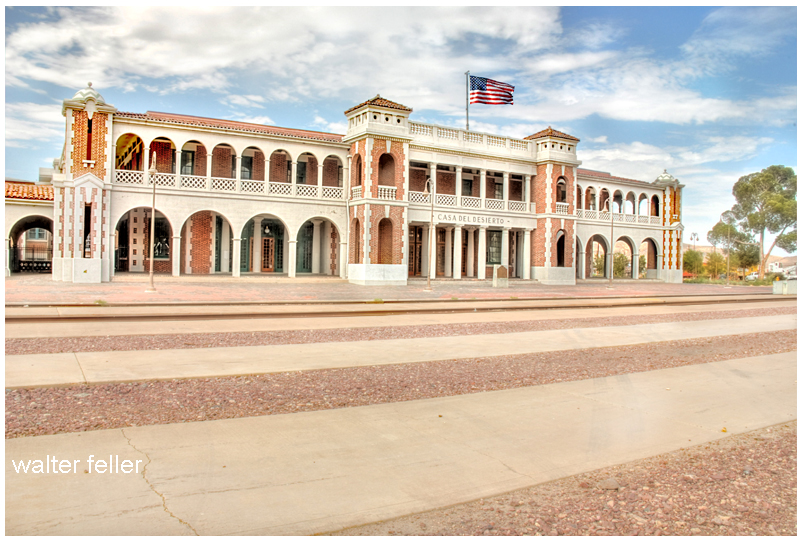As to the Atlantic and Pacific, it suffered in common with other similar enterprises from the financial crash of 1873 and subsequently entered into a combination with the Atchison, Topeka, and Santa Fe, and that St. Louis and San Francisco railroad companies, which gave the Atchison road a half interest in the charter of the Atlantic and Pacific, owned by the St Louis company, to which a valuable land grant attached. The two companies constructed, jointly, from the main line of the Atchison road at Albuquerque west to the Colorado at the Needles, between 1879 and 1883, with the intention of carrying their road thence to Los Angeles and San Francisco. But at this juncture the Southern Pacific again stopped the way.
The California Southern Railroad was chartered October 12, 1880, to construct a line from San Diego to San Bernardino, and the California Southern Extension company was chartered May 23, 1881, to extend this road to a connection with the Atlantic and Pacific in California, at a point about eighty miles northeast of San Bernardino. The two companies consolidated under the name of the first above-mentioned, and the road was completed to Colton in August 1882 and opened from San Diego to San Bernardino on September 13, 1883.
Soon afterward the Southern Pacific, obtaining through the purchase of stock a share in the management, secured the extension of the Atlantic and Pacific to the Colorado at the Needles, which compelled it to connect there with the former. This had nearly been a death-blow to the California Southern, which had suffered much, not only by opposition, but by floods in the Temecula canon, which rendered impassable thirty miles of its track, carrying bridges and ties entirely away, some being seen a hundred miles at sea. It must not only rebuild this thirty miles, but in order to reach the Atlantic and Pacific, must construct 300 miles of new road over mountain and desert, instead of the 80 miles as first intended. For several months the directors hesitated. But finally the Southern Pacific determined to sell to the California Southern the road from the Needles to Mojave, built by the Pacific Improvement company, the successor of the Western Development company. The transfer took place in October 1884, and the California Southern at once recommenced construction and repairs, and in November 1885 opened its line from San Diego to Barstow. In October 1886, it formally passed under the control of the Atchison, Topeka, and Santa Fe company, and was operated as a division of that road. Thus after ten years of struggle, two of the eastern roads effected an entrance into California.
histofcalifvol724bancmiss.pdf 629-631/850
